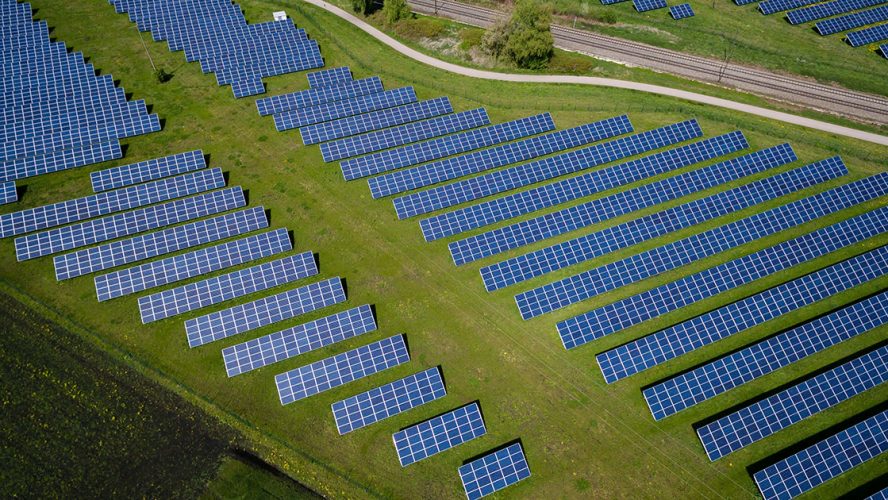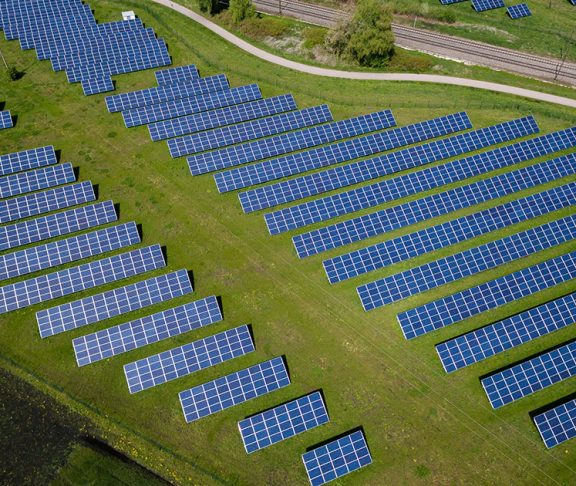For more than 50 years, the United States has led the way in clean air — from cutting edge science to proven air pollution control technology — resulting in perhaps the most successful clean air program anywhere in the world. And this has happened during a period of sustained growth for the United States economy. Despite what many say, cleaning up our air has not happened at the expense of jobs in the United States — in fact, the opposite is true. America’s clean air programs have driven innovation and created jobs while increasing both our GDP and our life expectancy.
But we still have a long way to go before all our citizens can breathe clean air. And, unfortunately, some still argue that cleaner air limits growth and kills jobs.
Lasting impact
The Clean Air Act dates from 1970 and was updated in 1977 and again in 1990. Since the act’s inception, levels of all of the major air pollutants have declined dramatically, in some cases by as much as 90 percent or more. Since 1980, total emissions of all six criteria pollutants regulated under the National Ambient Air Quality Standard have dropped by 63 percent and ozone levels have declined by 33 percent. It has also been a period of unprecedented GDP growth, with large increases in our overall standard of living. The air pollution control technologies invented and implemented in the United States have allowed us to increase our productivity, energy production and electricity use while still enjoying some of the lowest electricity rates anywhere in the world.
Clean jobs
Some may say that our efforts to clean the air have cost us jobs. Actually, making, installing and running pollution control equipment creates jobs here in the United States — jobs for boilermakers, fabricators, steel workers, chemists, engineers and others. And these jobs are not the kind that can be outsourced. The Institute of Clean Air Companies, which represents the stationary air pollution control industry, estimates that just one air pollution control standard — the Clean Air Interstate Rule, which was finalized in 2005 under President George W. Bush — resulted in the creation of 200,000 jobs over seven years. And the overall size of the U.S. emission control market was estimated by the U.S. Department of Commerce at 12.5 billion dollars for 2015.
A global dilemma
Finally, let’s not forget that we are not alone in the need for cleaner air. The market for global environmental technologies is more than a trillion dollars annually, and it is expected to grow. Countries like India and China have air pollution problems that affect billions of people at pollution levels that are beyond what U.S. cities have experienced. That is why the Department of Commerce estimates the value of exports from U.S. environmental companies to the rest of the world is more than 50 billion dollars per year. Air pollution control can favorably impact America’s trade imbalance by exported products that require skilled labor from the United States.
So, next time someone says that cleaner air is not good for jobs or the economy, stand up for cleaner air, public health and job growth!
Michael Corvese, President, Institute of Clean Air Companies, [email protected]

